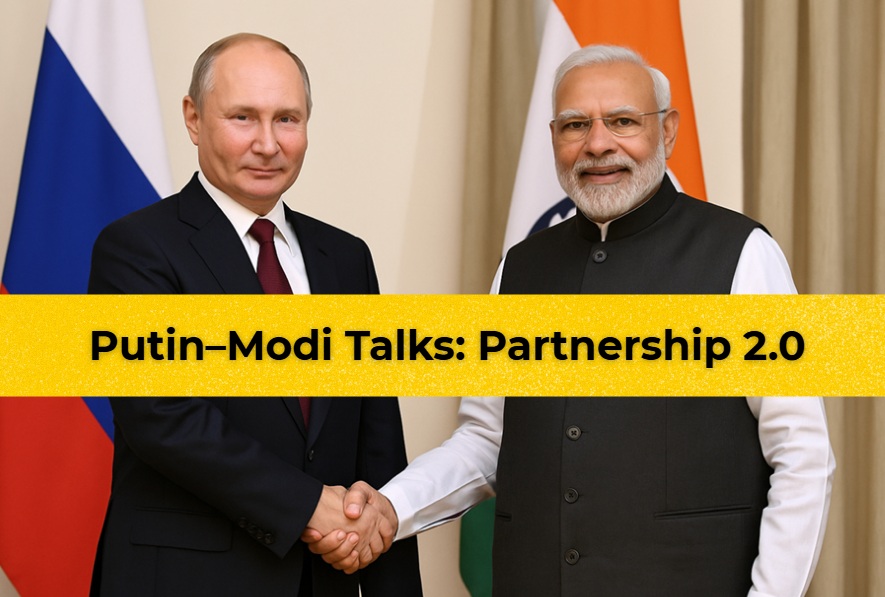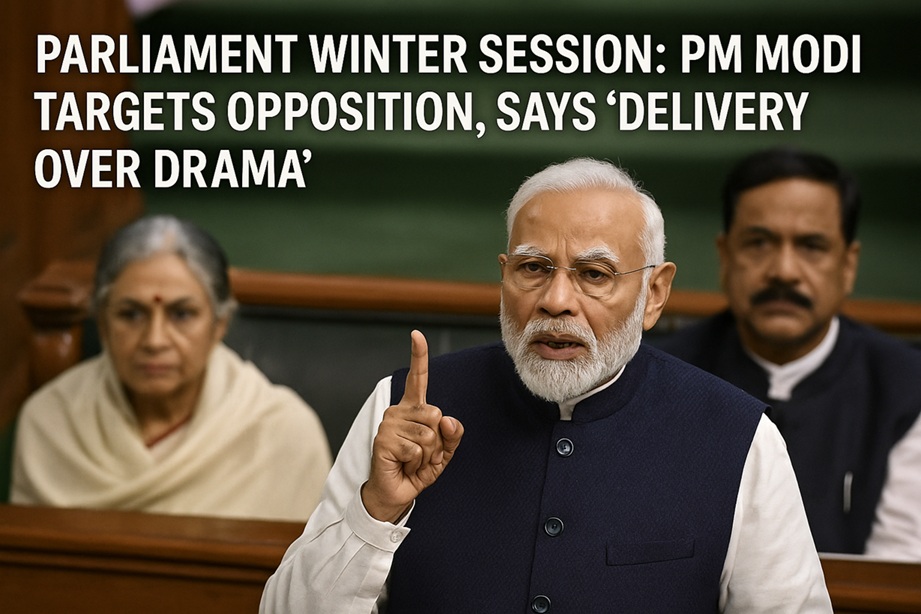In a dramatic escalation of cross-border hostilities, India launched a series of retaliatory strikes on at least four major airbases in Pakistan in the early hours of Saturday, following a coordinated missile and drone assault by Pakistan on 26 locations across Indian territory. The Indian government confirmed the counterattack during an emergency press conference, detailing the precision strikes and emphasizing the nation’s commitment to self-defense amid growing regional instability.
Background: A Night of Provocation
The crisis began late Friday night when Pakistani forces reportedly launched missiles, artillery shells, and drones targeting civilian and strategic infrastructure across India, with Jammu and Kashmir bearing the brunt. Among the intercepted threats was a missile identified by Indian defense officials as the “Fatah missile,” which was believed to be directed at Delhi. The missile was successfully intercepted and neutralized by India’s air defense system over Sirsa in Haryana, preventing what could have been a major catastrophe.
This marked a critical shift in the nature of recent India-Pakistan confrontations, moving from covert skirmishes and proxy operations to large-scale, overt military action.
The Retaliation: Six Cities, Four Airbases, One Message
According to senior defence officials, India’s response was swift, coordinated, and devastating in its impact. Strikes were launched against key Pakistani military installations in six cities, with confirmed destruction at four strategic airbases:
1. Murid Chakwal Airbase
Located approximately 120 kilometers from Islamabad, Murid Chakwal Airbase is considered a vital hub for Pakistan’s military command. Indian strikes reportedly created massive craters on the runway, disabling operations and damaging critical infrastructure. This base is known for housing strategic planning and training operations.
2. Noor Khan Airbase (Chaklala Airbase), Rawalpindi
A highly sensitive site used for VIP military and government movements, this base is in close proximity to several senior Pakistani military officials. Reports suggest heavy damage to the main runway and hangar facilities, effectively grounding flight operations. Indian officials labeled this base as “the lifeline” of Pakistan’s air operations.
3. Rafiqui Airbase, Shorkot (near Lahore)
This airbase in Punjab province is located near the Jhang district and was reportedly used in the recent missile and drone launches. The Indian strikes caused widespread damage to aircraft shelters and storage facilities. Despite the presence of Pakistani air defenses, none of the Indian missiles were intercepted, according to Indian authorities.
4. Rahim Yar Khan Airbase, Southern Punjab
Believed to be a launch site for the Pakistani drones used in Friday night’s attack, Rahim Yar Khan was also hit in a precise strike. Indian forces used infrared targeting to identify and destroy drone warehouses and command centers operating under the cover of darkness.
Press Conference: India Presents Proof
In an unusually detailed press briefing, the Indian government shared video evidence, satellite imagery, and time-stamped data to corroborate its claims of successful strikes. Unlike Pakistan, which is being accused of circulating outdated videos and making unverifiable claims about downing Indian S-400 systems and Rafale jets, India presented high-resolution visuals of craters and structural damage at the targeted sites.
Officials emphasized transparency and responsibility, even acknowledging limited damage on Indian soil, including Pakistani missile impacts on a hospital, school, and temple in Jammu and Kashmir.
Diplomatic Messaging: India Calls for Peace, Warns of Consequences
Despite the intensity of its military response, India reiterated that it does not seek escalation. “We do not want this conflict to spiral out of control. Our objective is deterrence, not destruction,” an official stated. However, they also issued a stark warning: “If provoked again, our response will be even more overwhelming.”
The government further condemned Pakistan’s alleged attempts to internationalize the conflict through misinformation campaigns and nuclear posturing. Reports have emerged that Pakistani Prime Minister Shehbaz Sharif has convened a meeting of the country’s National Command Authority, which oversees its nuclear arsenal. Indian officials dismissed this move as “psychological warfare” aimed at deterring international criticism and gaining diplomatic sympathy.
Global Fallout: IMF Sanctions, Western Double Standards?
India has also expressed concern over what it perceives as a lack of global accountability for Pakistan’s actions. A particular point of contention is the recent approval of a $1.13 billion IMF loan to Pakistan. Indian officials allege that the financial bailout emboldened Pakistan to engage in military aggression, arguing that the global community cannot continue to ignore Pakistan’s support for cross-border terrorism.
“Western nations need to reconsider their definitions of terrorism,” an Indian diplomat stated. “If terror in Europe is condemned but terrorism in South Asia is excused or funded, the consequences will eventually come full circle.”
Military Mobilization and Strategic Preparedness
The Indian Prime Minister held an emergency meeting with National Security Advisor Ajit Doval and the three service chiefs to assess the evolving situation and chart the next course of action. Meanwhile, troop movements along the Line of Control are being closely monitored, with Indian forces on high alert amid intelligence reports of Pakistani army mobilizations near the border.
While India maintains that it is acting with restraint, it has also made clear that it is fully prepared for any escalation. “Our patience should not be mistaken for weakness,” a senior Indian military official remarked.
Conclusion: On the Brink of War or the Edge of Resolution?
As of now, tensions between India and Pakistan remain at a dangerously high level. Whether these latest developments lead to full-scale war or diplomatic de-escalation will depend not just on New Delhi and Islamabad, but also on how the international community chooses to engage.
What is evident, however, is that this is not the India of 20 years ago. Today’s India is assertive, technologically advanced, and determined to protect its sovereignty—through dialogue when possible, and force when necessary.
#PakistanIndianWar #Chandigarh #Sargodha #Rahim Yar Khan #OperationSindoor #droneattacks #Karachi #Gujranwala #Lahore #Chakwal #Ghotki #MureedChakwal #Sorkot #NoorKhanAirbase #IndianMissileAttack #DroneStrikes #MilitaryAction #AviationSecurity #CrisisInCities #GeopoliticalTensions #DefenseNews # #SecurityAlert #IMFsupportsterrorism





